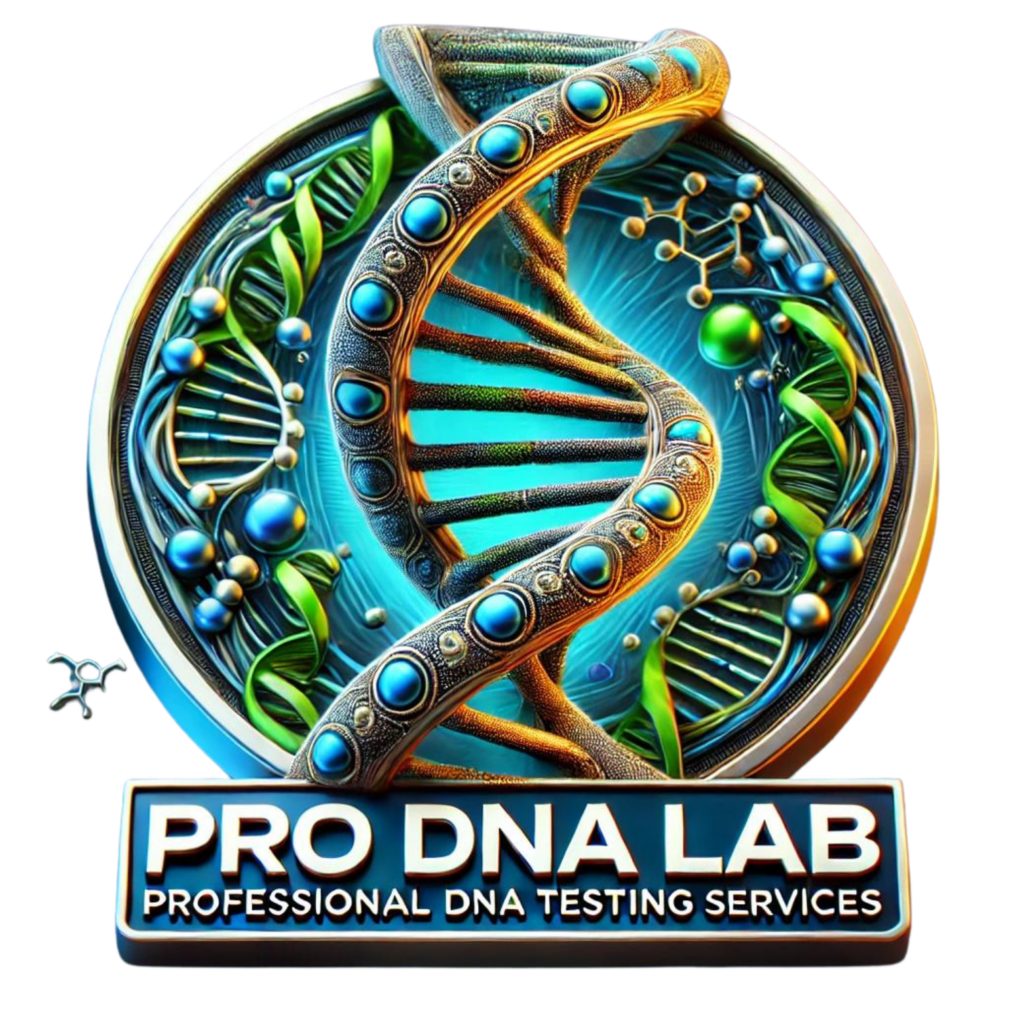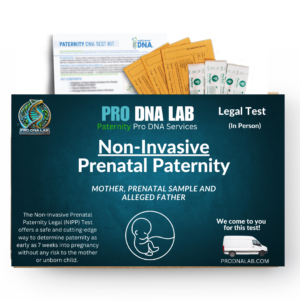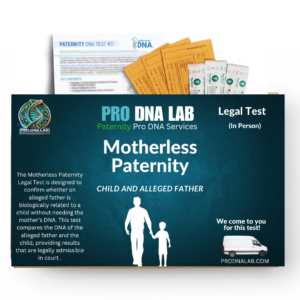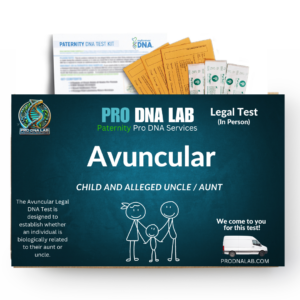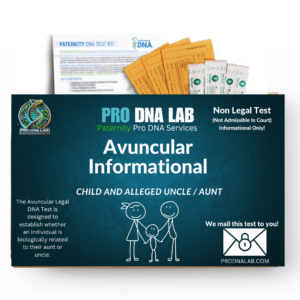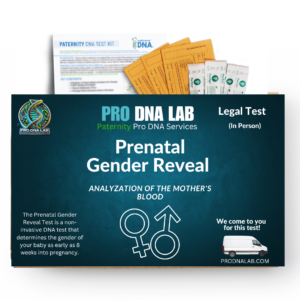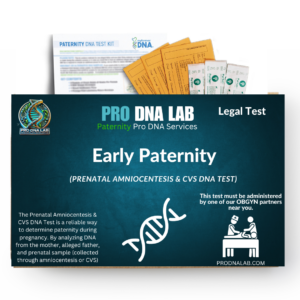Expecting a child is a joyous and exciting time for parents, but it can also bring about a lot of questions and concerns. One big question that often arises is whether or not to have a prenatal paternity test. With advances in technology, there are now non-invasive options available that make the process easier and less invasive. In this blog post, we will discuss why a physician may recommend non-invasive prenatal testing and address common misconceptions about these tests.
Why Choose Non-Invasive Prenatal Testing?
Non-invasive prenatal testing, or NIPT, is a type of genetic test that can be done during pregnancy to determine paternity. This type of testing is done through a simple blood draw from the mother and can be done as early as 10 weeks into the pregnancy. It is a safe and accurate way to determine paternity without any risk to the baby or the mother.
One of the main reasons a physician may recommend non-invasive prenatal testing is to provide expecting parents with peace of mind. Pregnancy can be a stressful time and having doubts about paternity can add to that stress. By having a paternity test done early on, parents can have a clear understanding of their child’s biological father and can focus on preparing for the arrival of their little one.
Another reason a physician may recommend this type of testing is to identify any potential genetic disorders or abnormalities in the baby. Non-invasive prenatal testing can detect genetic conditions such as Down syndrome, trisomy 13, and trisomy 18, among others. This information can help parents prepare for any necessary medical care or interventions after the baby is born.
What to Expect During Non-Invasive Prenatal Testing
The process for non-invasive prenatal testing is simple and safe. As mentioned before, it involves a blood draw from the mother and can be done as early as 10 weeks into the pregnancy. The blood sample is then sent to a lab where it is analyzed for the baby’s DNA and compared to the father’s DNA. Results typically take about a week to be processed and can be shared with the parents in a confidential and private manner.
It’s important to note that non-invasive prenatal testing is only for determining paternity and detecting genetic conditions, not for gender or other genetic traits. Additionally, this type of testing is not 100% accurate and in some cases, further testing may be recommended.
Common Misconceptions and FAQs about Non-Invasive Prenatal Testing
- Q: Is non-invasive prenatal testing safe for the baby?
- A: Yes, this type of testing poses no risk to the baby as it is done through a simple blood draw from the mother.
- Q: How accurate is non-invasive prenatal testing?
- A: Non-invasive prenatal testing has a high accuracy rate, but it is not 100% accurate. In some cases, further testing may be recommended for confirmation.
- Q: Can I have a paternity test done while pregnant?
- A: Yes, non-invasive prenatal testing is a safe and accurate way to determine paternity while pregnant.
- Q: How early can I have a paternity test done during pregnancy?
- A: Non-invasive prenatal testing can be done as early as 10 weeks into the pregnancy.
In Summary
Non-invasive prenatal testing is a safe and accurate way to determine paternity and detect genetic conditions during pregnancy. It provides expecting parents with peace of mind and can help them prepare for the arrival of their little one. Though it is not 100% accurate and not suitable for determining gender or other genetic traits, it is a valuable tool for parents seeking early DNA testing accuracy.
This blog post is for informational purposes only and does not replace professional medical or legal advice.
Ready to Get Answers?
If you’re considering a non-invasive prenatal or legal paternity test, Pro DNA Lab is here to help.
- 📞 Call us at (866) 644-4362
- 🌐 Visit: https://prodnalab.com
- 📧 Email: info@prodnalab.com
Author: Marvin Thomas
Founder of Pro DNA Lab
Marvin leads Pro DNA Lab with a mission to make DNA testing simple, private, and accessible for families who need clarity and peace of mind.


